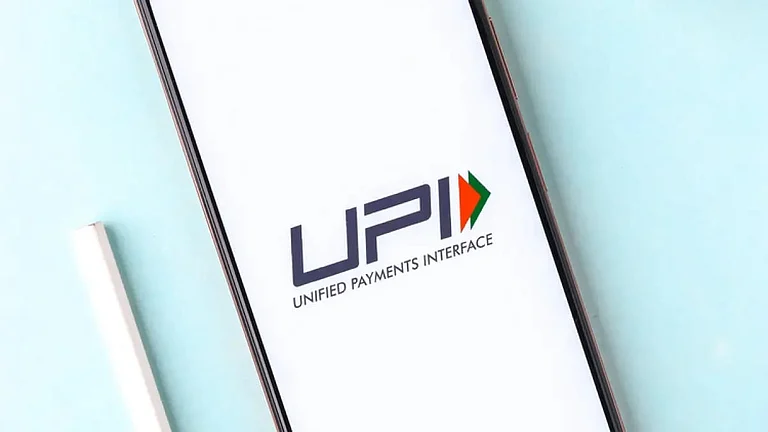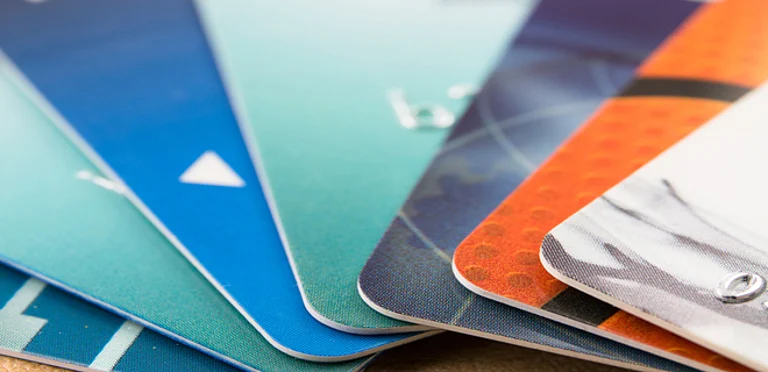As more people, including senior citizens, shift to online and mobile banking, it’s important to understand how to use these platforms securely. With the rise in cybercrime and financial frauds, staying alert and informed is key to protecting your money.
5 Ways To Navigate Digital Banking Safely and Effectively
Digital banking is convenient, but safety comes first. Here are a few ways how you can practice safe digital banking
Here are five ways to navigate the digital banking sector with more preparation and security
1] Use Bank-Specific Mobile Apps Only
Always use the official app of your bank. Also, download these apps only from trusted sources like Google Play Store or Apple App Store. Never instal apps from random links sent via SMS or WhatsApp.
Remember that fake apps can steal your login details and drain your account. As such, avoid third-party financial apps unless verified.
2] Enable Two-Factor Authentication (2FA)
Secure your account with an extra layer of protection, such as two-factor authentication. Most banking apps now offer this facility. This means you need two steps to log in—usually your password plus a code sent to your mobile. Some apps also support fingerprint or face recognition.
This is to ensure that even if someone steals your password, they can’t access your account without the second code or your fingerprint. To set it up, check the “security” or “settings” section of your bank’s app and turn on 2FA.
3] Use UPI Apps with Caution (BHIM, Google Pay, PhonePe, Paytm)
Unified Payments Interface (UPI) apps are fast and easy and let you send and receive money instantly. However, be careful to use only government-backed BHIM app or popular options like Google Pay, PhonePe, and Paytm. Also make sure to update them regularly.
Here are some safe habits you should keep for UPI
Never share your UPI PIN.
Check the receiver's name before sending money.
Don’t accept payment requests from unknown users.
Avoid scanning random QR codes.
Keep in mind that scammers may ask you to scan a QR code saying you will “receive” money, but instead, it pulls money from your account. Be aware of this scam
4] Use RBI’s Digital Locker and Complaint Portal
The DigiLocker app lets you store digital copies of your important documents, such as Aadhaar, Permanent Account Number (PAN), driving license, and more. If you face any fraud, you can also file complaints on the Reserve Bank of India’s (RBI’s) centralised grievance redressal system.
5] Keep These Tools Updated: Antivirus, Apps & Phone
Use a reliable antivirus on your phone or computer. Set your banking and UPI apps to auto-update. Also, update your phone’s software regularly.
This is important because outdated apps and devices are easier for hackers to exploit. Updates fix security holes and bugs. As a safe tip, restart your phone weekly, clear old apps, and never save banking passwords in browsers.
Conclusion: Digital Banking Is Safe—If You Stay Smart
Banking from your phone or laptop saves time, avoids queues, and offers 24x7 access. But with convenience comes the responsibility to stay safe.
Stick to official apps, double-protect your accounts, and never share passwords or OTPs. Learn to recognise scams—if something sounds urgent or too good to be true, it’s probably a fraud.


